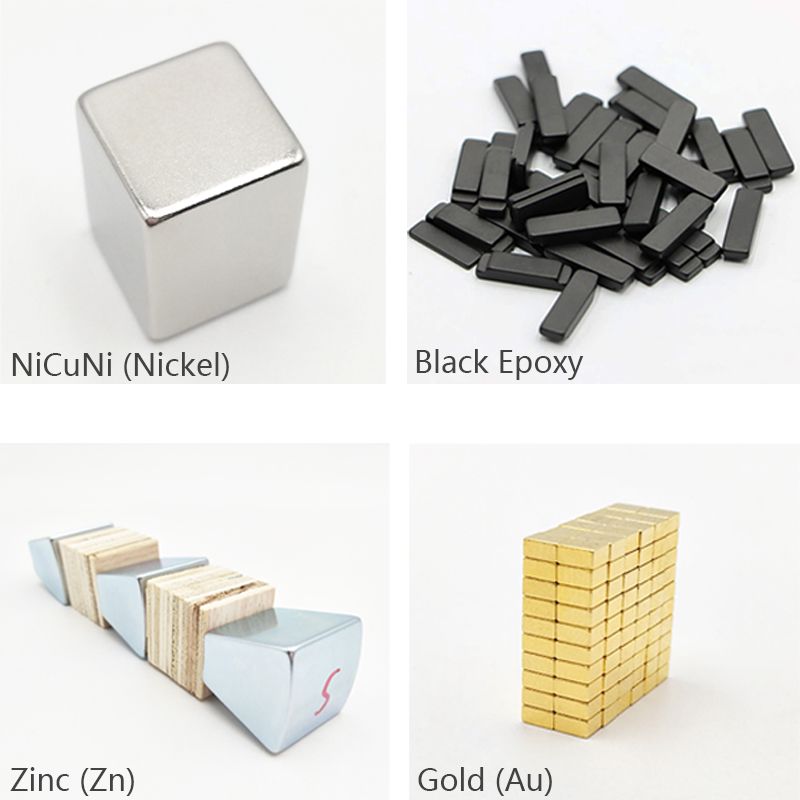Neodymium magnets reinforced with protective coating
Neodymium magnets are remarkable for their exceptional strength and wide range of applications. Made from a combination of neodymium, iron, and boron, these magnets are known as the strongest permanent magnets available today. However, these magnets require protective coatings or plating to ensure their longevity and optimal performance in a variety of environments.
Coating is an essential process in the production process of neodymium magnets. This protective layer protects the magnet from corrosion, impact, and other forms of damage that could prematurely reduce its magnetism. Without the proper coating, neodymium magnets are more susceptible to oxidation, rust, and physical wear.
One of the most common coatings for neodymium magnets is nickel plating. The process involves electroplating a thin layer of nickel on the surface of the magnet, providing a good barrier against corrosion. Nickel plating is not only beautiful, but it also adds an extra layer of protection against environmental factors like humidity and moisture.
Another widely used coating is epoxy. Epoxy coating is a popular choice because it has excellent adhesion and is resistant to most chemicals. This polymer coating acts as a protective layer, protecting the magnets from moisture, impact, and wear. Epoxy also provides insulation from electrical conductivity, making it suitable for applications requiring electrical insulation.
For some special applications, neodymium magnets may require additional coating options. For example, galvanizing (Zinc coating) is preferred in marine environments because of its high corrosion resistance. Additionally, gold or silver plating can be used for decorative or aesthetic purposes.
The coating process involves several steps to ensure effective coverage and adhesion. First, the neodymium magnet is thoroughly cleaned and degreased to remove any impurities that may prevent the coating from adhering. Next, the magnet is dipped or sprayed into the coating material of choice. They are then cured at a temperature that causes the coating to harden and adhere firmly to the magnet surface.
In addition to enhancing the magnet's durability, the coating also helps prevent the magnet from chipping or cracking during use. The thin protective layer reduces the risk of damage that may occur due to impact or improper handling. Additionally, the coating makes the magnet easier to handle as it provides a smoother surface and eliminates the risk of chipping or peeling.
When selecting a coating for neodymium magnets, it is critical to consider specific environmental and application requirements. Factors such as temperature, humidity, chemical exposure, and aesthetic preferences must be considered. Additionally, one must ensure that the chosen coating does not compromise the magnetic field strength or other desired properties of the neodymium magnet.
In conclusion, the coating of neodymium magnets plays a vital role in improving their performance and longevity. By applying a protective coating such as nickel plating or epoxy, these magnets can be protected from corrosion, impact, and other forms of damage. The coating not only improves the magnet's durability but also helps improve its aesthetics and suitability for a wide range of applications. As the demand for neodymium magnets continues to grow, the development of reliable and innovative coating technologies remains critical for their optimal functionality in various industries.
Post time: Oct-27-2023

